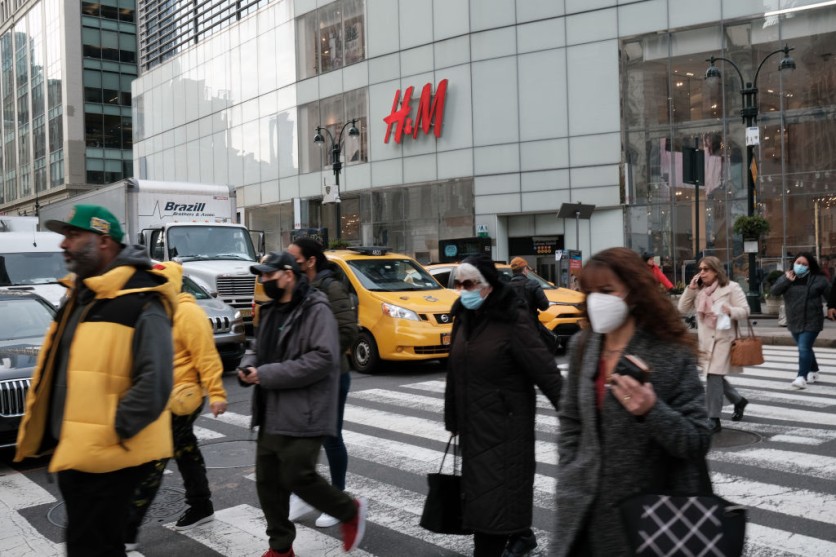The struggle of many low-income New Yorkers to afford high-speed internet due to costly plans is highlighted in recent findings by Cornell University researchers.
Despite a notable surge in high-speed internet access across households, mainly through cellular plans, a significant portion of economically disadvantaged communities continues to grapple with the financial strain sometimes caused by expensive connectivity options.

Underconnected New Yorkers
The count of New York households accessing high-speed internet climbed from 725,000 to 1.3 million between 2017 and 2022. However, some of this growth stems exclusively from cellular plans, indicating that up to 1.5 million households might remain "underconnected."
Russell Weaver, who oversees the research at the Cornell ILR Buffalo Co-Lab, noted that conditions are improving yet emphasized the ongoing necessity of progressing toward digital equity.
He warned against solely focusing on connection numbers, as more households now possess broadband connections than five years ago, stressing the importance of considering connection types as well.
Weaver noted that around 810,000 New York households solely rely on mobile phones and cellular data plans for broadband access. The study pointed out that this reliance poses a challenge, mainly because many websites and online activities remain unfriendly to mobile devices.
For instance, numerous news websites heavily feature advertisements, impeding quick access to informative content for mobile-only users. Consequently, these users might not engage in digital spaces as comprehensively as those with access to high-speed internet across various devices.
Additionally, data from the portal indicates that approximately 21% of New York households lack a desktop or laptop computer, whereas only 14% lack a smartphone.
The study said this signifies a technological shift, with smartphones overtaking desktops and laptops as the most prevalent computing devices in New Yorkers' homes during the 2020s.
The research underscored that the primary obstacle to digital equity lies in the affordability of home-based broadband internet subscriptions.
Nearly 30% of households earning below $35,000 annually-roughly 500,000 households-lack broadband internet at home, compared to less than 5% of households earning more than $75,000 annually.
Contributing Factor: Ethnicity
According to comprehensive pricing information, the standard minimum cost in New York for a broadband bundle offering speeds of over 25 megabytes per second stands at $49.95.
Ethnicity is also a contributing factor, with Black-headed households in New York being the least likely to have broadband internet subscriptions, followed by Latino-headed households.
White households have a broadband internet subscription rate near the statewide average (90.7% compared to 90.5%), whereas Asian-headed households are the most inclined to have broadband internet at home (94%).
Weaver observed that beyond the discrepancies in subscription rates based on ethnicity, what's concerning is that Black and Latino-led households now fall even further below the statewide average compared to 2021.
The study noted that the unequal progress in at-home broadband subscriptions indicates that achieving digital equity in New York state will necessitate new digital inclusion initiatives to guarantee affordable internet for every household.
Related Article : New York to Empower Parents With Bill That Gives Them More Control Over Their Kids' Social Media Feeds, Late-Night Notifications

ⓒ 2026 TECHTIMES.com All rights reserved. Do not reproduce without permission.




